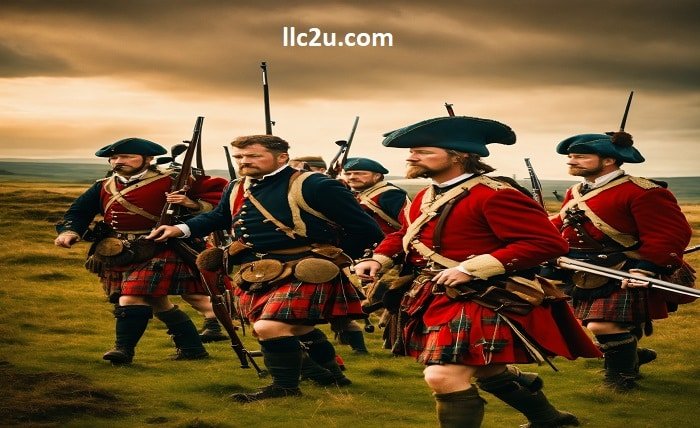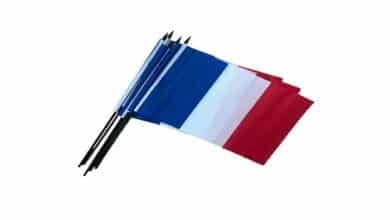Kilts and Vikings: Separating Myth from Reality

The image of a fearsome Viking warrior, clad in a plaid kilt and horned helmet, is a fixture in popular culture. But did these Scandinavian seafarers truly sport this iconic Scottish garment? Let’s debunk the myth and delve into the fascinating world of Viking attire:
Defining the Kilt
Before diving in, let’s clarify what we’re talking about. The modern kilt, a knee-length pleated garment often paired with a sporran and kilt hose, emerged in the 16th century in the Scottish Highlands. Its association with Scotland solidified much later.
What the Vikings Wore
Archaeological evidence and historical accounts paint a different picture. Vikings typically wore:
- Tunics: Long, loose-fitting tunics made from wool or linen, reaching mid-thigh or knee-length.
- Braies: Short, drawstring trousers made from similar materials, offering warmth and leg protection.
- Cloaks: Thick woolen cloaks for insulation and weather protection, often secured with brooches.
- Legwear: Leather leggings or leg wraps provided additional warmth and protection for harsh environments.
No Kilts in Sight
Despite popular portrayals, no historical evidence suggests that Vikings wore kilts as we know them today. No archaeological finds, written descriptions, or artwork depict anything resembling a pleated, knee-length garment specifically worn by Vikings.
Where Does the Confusion Stem From?
Several factors have likely contributed to the kilt-Viking association:
Romantic depictions: 19th-century artists and writers often romanticized the Viking past, sometimes blending elements from different cultures for dramatic effect.
Celtic connections: Both Vikings and Celts (including Scots) shared trade routes and interacted throughout history, leading to some cultural exchange. However, kilts as we know them emerged much later.
Modern kilt adaptations: Some modern interpretations of Viking attire incorporate kilt-like elements, perhaps inspired by the aforementioned factors, but these are not historically accurate representations.
Celebrating Authentic History
While the Viking-kilt connection is a captivating myth, appreciating their actual attire offers a richer understanding of their culture and way of life. Their practical and versatile clothing choices reflected their adaptability and resourcefulness.
Conclusion
While the image of Vikings in kilts may be ingrained in popular culture, historical evidence reveals a different reality. Their practical and versatile clothing choices, ranging from tunics and braies to cloaks and legwear, showcase their resourcefulness and adaptation to harsh environments. By appreciating their authentic attire, we gain a deeper understanding of their culture and avoid perpetuating historical inaccuracies.
FAQ
- Q: Did any cultures during the Viking Age wear kilts?
A: While no evidence suggests kilts as we know them existed in Scandinavia during the Viking Age, similar garments appear in other cultures across Europe. Some historians point to potential influences from Celtic cultures on later kilt development.
- Q: Do modern Viking re-enactors wear kilts?
A: While historical accuracy is crucial in re-enactment, some groups might incorporate kilt-like elements for creative interpretations or specific character portrayals. These adaptations typically acknowledge their non-historical nature.
- Q: What resources can I use to learn more about Viking clothing?
A: Museums dedicated to Viking history, archaeological research papers, and books by reputable historians offer a wealth of information on Viking attire. Reputable re-enactment groups can also provide insights into practical considerations and historical accuracy.
- Q: Can I wear a kilt even though I’m not of Scottish descent?
A: The kilt has evolved beyond its specific cultural origins and is appreciated by many worldwide. As long as you approach it with respect and avoid perpetuating cultural stereotypes, wearing a kilt responsibly is generally considered acceptable.



